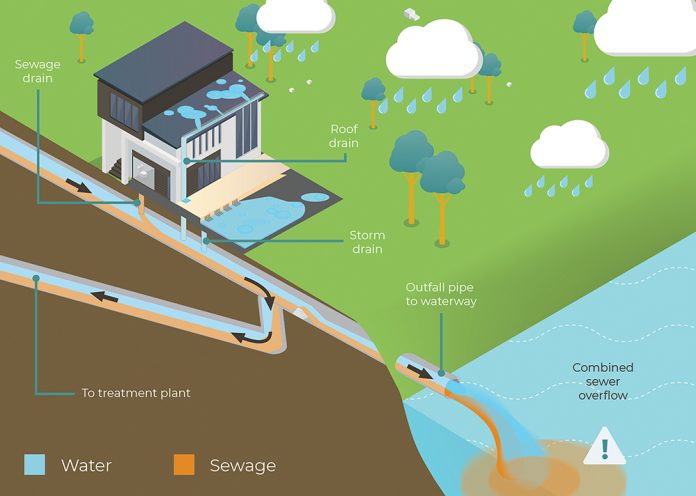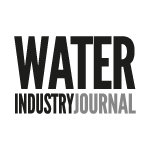A changing regulatory landscape
In light of recent government decisions about the future of UK water regulation,1 the UK water industry is in a period of structural uncertainty. While the implications remain speculative at this stage, what is certain is that regulatory expectations around environmental performance and service delivery are not going away.
For wastewater utilities, existing business plans under the current Asset Management Period (AMP) remain legally binding. Investment priorities, budgets and delivery targets are already in motion and continue to demand operational and strategic focus. The nature of the regulator may evolve, but the imperative to improve performance, especially around pollution and asset resilience, remains constant.
Intermittent leaks, mounting consequences
One of the key environmental risks facing wastewater operators is undetected leakage. Unlike the continuous flow losses seen in clean water networks, wastewater leaks often behave intermittently: forming, sealing and reforming in ways that make detection notoriously difficult (see Figure 1).
This erratic behavior means that utilities are often “shooting in the dark”, lacking the insight needed to proactively locate or confirm leaks. The absence of a consistent signal from traditional monitoring techniques can result in missed early warning signs, allowing minor leaks to evolve into serious pollution incidents. The rise in serious pollution events in recent years highlights the difficulty in addressing this challenge.2
The escalating cost of untreated leaks is not just financial but also reputational, regulatory and environmental. In wastewater networks, infiltration, where groundwater enters gravity-fed sewers through cracks or defective joints, can increase the volume within the system and cause combined sewer overflows (CSOs) to spill earlier than expected (see Figure 2). These premature discharges release untreated effluent into watercourses, triggering public backlash and potential enforcement action. Rising main leaks also contribute to deteriorating river water quality.
Atmos’ compact internal pipeline inspection devices can help identify infiltration risks, while our leak detection systems monitor rising sewer mains to support early intervention and improve network resilience.
The case for better visibility
Newer monitoring technologies are providing a way forward. High resolution instrumentation, combined with real time data processing is allowing operators to detect transient events that were previously invisible. These advancements offer more than improved alarm thresholds, they enable the detection of early-stage leaks based on subtle fluctuations in flow or pressure (see Figure 3).
In some cases, detection can occur within seconds of a leak forming, even when it reseals shortly afterward. The ability to capture this data helps build a comprehensive picture of pipeline behavior over time. With repeated observations across different assets, utilities are beginning to identify patterns, develop a clearer understanding of risk, and move toward predictive maintenance.
Building insight, not just alarms
While these tools provide a new level of operational awareness, they also present new challenges. For many operators, this is the first time they’ve had access to data of such resolution and frequency. The insights can raise more questions than answers initially, but this is a vital part of the journey.
As with oil and gas networks, where decades of monitoring have built a rich database of leak behavior, wastewater systems are now starting to follow the same path. By layering observational data with operational feedback, knowledge builds over time and enables faster, better informed responses that make best use of the available resources.
Preparing for performance-led regulation
With pollution metrics under increasing public and political scrutiny, utilities are under pressure to demonstrate that they are not only compliant but actively reducing environmental impact. The role of early-stage leak detection is fundamental here. It allows utilities to locate problems before they escalate, respond faster to emerging events and better justify the effectiveness of their mitigation strategies.
Regardless of regulatory uncertainty, the direction of regulation is clear: outcomes will matter more than processes. Technologies that enable faster, smarter and more transparent decision-making will be essential for utilities looking to stay ahead of expectations.
Industry collaboration and knowledge sharing
These themes, including improved wastewater monitoring, leak detection innovations and the implications of regulatory reform will be explored in more depth at our upcoming industry conference. The event will bring together operators, engineers and regulators to share best practice and explore how to translate new technologies into lasting environmental and operational improvements.
While the future structure of water regulation in the UK may evolve, the core mission remains unchanged: protecting the environment, safeguarding public health and delivering sustainable service for communities. For wastewater operators, insight and preparedness will continue to be their most valuable tools.
References
1 https://www.bbc.co.uk/news/live/c4g8dx94jr4t
2 https://www.gov.uk/government/publications/water-and-sewerage-companies-in-england-pollution-incident-report-for-2016-to-2024/water-and-sewerage-companies-in-england-pollution-incident-report-for-2016-to-2024#serious-pollution-incident-performance




